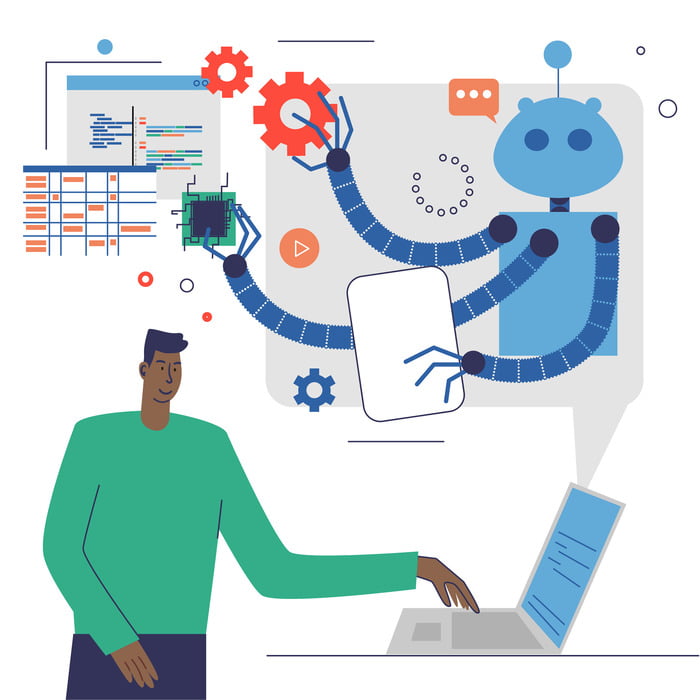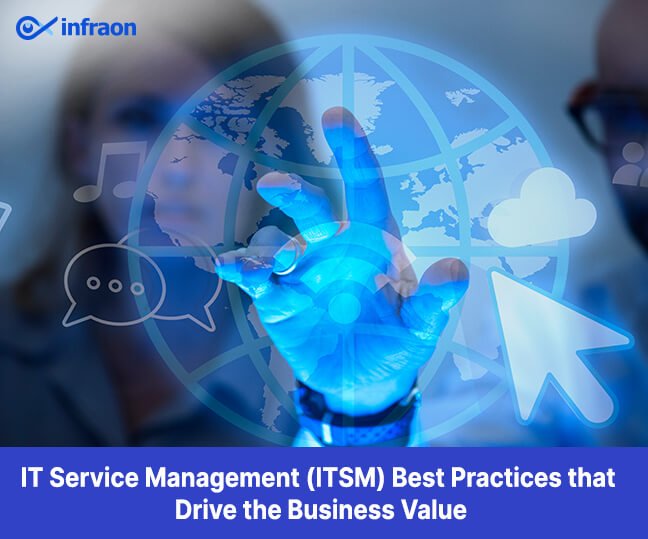A senior sales leader is preparing a deck on quarterly sales pipeline projection, which is due in a few hours when his laptop is locked by wrong password entries. Without efficient ITSM tools, resolving such issues quickly can be a challenge.
A DevOps project manager waits for that unusual virtualization bug to get fixed so the customer’s finance module can go live.
A VP of a business analytics function is staring at the red flags on the productivity dashboard, indicating that the IT incident resolution SLAs for her team are falling behind the agreed timeline.
All three characters representing a modern organization would raise a ticket or directly reach the IT team, asking for an immediate resolution.
While each burning request seems legitimate for users, the IT team can only put them in a queue as they would be busy attending to the long-pending task list. The IT team handles a huge volume of repetitive, complex, and on-demand requests and incidents daily. It is even appropriate to call them the unsung heroes of digitally-driven organizations.
Related blog: The Future of ITSM: Exploring the Potential of AI-Powered Service Management
The Next Wave of AI-Powered ITSM Tools for Digital-Age Enterprises

Today, when every function depends on an array of technology stacks, ITSM plays a critical role in ensuring business continuity. If you have attained ITIL 4, the most recent and advanced ITSM framework to bring IT services and business in complete alignment, then that is good.
But it is not great. Yes, you have heard it right.
ITIL 4 can definitely help improve the ways IT teams respond to business needs. However, more is needed in the year 2024. The most forward-thinking enterprises have started using AI-powered ITSM to counter traditional obstacles and embrace innovative methods to scale productivity, efficiency, and growth.
Artificial Intelligence in ITSM: A Game Changer
The term IT Service Management is gradually metamorphizing into AI Service Management (ASM) with the rampant infusion of AI technologies, including Machine Learning, Natural Language Processing, and Virtual Bots, within the ITSM framework. AI leverages big data to provide faster resolutions and newer solutions. User-centricity is placed at the center of this paradigm shift. Below are some ITSM user-centric cases where AI is already making its mark.
Level 1 automation and self-serving capability
The easiest way to help a user is to provide instant resolution. Dig into a vast pool of tickets created in an ITSM tool. You will find the majority of them are low priority and easy-to-handle level 1 requests like ‘resetting password’, ‘updating entry and exit time stamps’, ‘approval of certain privileges VPN assess based on seniority’, etc.
Use AI to identify your users’ frequent requests and automate them. If users need more assistance, create virtual chatbots to guide and direct them with the help of self-serving documents.
Smart categorization, prioritization, and routing of requests
Business users often do not spend time acclimatizing ITSM processes. It is commonplace for users to create requests and assign an incorrect priority. With access to its knowledge base created using previous requests, a well-trained AI system can vet and validate every incoming new request.
In the case of misplaced requests, AI can spot mistakes, assign appropriate categories, and assign them to the right IT person while notifying the user. Smart categorization can result in faster resolution, saving time and effort for users and troubleshooting teams.
Planned downtime and predictive maintenance

Planned IT downtime is quite common. The IT team could do a regular software patch update, strengthen firewall networks, install a new software stack, or provision more slots in a storage server. During these lean periods, business users have to shut down or minimize their workload.
In this current economy, business leaders are in a race to win. They ideally want these downtimes to be minimal or negligible. Sophisticated AI tools help you achieve that by scanning your entire IT infrastructure, predicting potential bottlenecks, identifying failure root causes, and suggesting actionable remedies.
Managing assets given to employees is a heavy-lifting task. It needs periodic monitoring as well as upgrades of software and hardware replacements. With the help of AI tools and acquired knowledge based on historical performance, you can easily automate the entire asset life cycle management. It helps employees focus on their work without interruption and can increase their CSAT score.
Accelerated product launches and improved IT efficiency
It is a well-known fact that SaaS is the future of IT. The SaaS companies follow an agile, weekly sprint for product development. That means they develop, test, and launch product features in frequent cycles where there is no room for DevOps delays. Traditional ITSM cannot support it. An AI-powered ITSM, with its automated workflows, shortened downtimes, and extensive knowledge base built on the history of past ITSM queries, can help product managers and marketers accelerate the product launch cycle.
Every penny spent today is scrutinized, meaning the ITSM should also abide by the ‘do more with less’ approach. Infusion of AI into your ITSM model can remove redundancy, minimize redundant human costs, and improve efficiency. This can save costs and provide more leeway to invest in areas that enhance productivity.
Related blog: How can AI-powered ITSM put an end to nightmarish incidents?
Artificial Intelligence: ITSM’s New Companion for Growth
There are genuine concerns that AI would replace human involvement in ITSM. AI will only become a co-pilot in steering the ITSM forward like every other business function. If used appropriately, AI will help ITSM teams to deliver superior IT and infrastructure services.
From faster service resolutions to improved productivity to minimizing unnecessary overheads, AI can become ITSM’s best companion to establish growth.



















